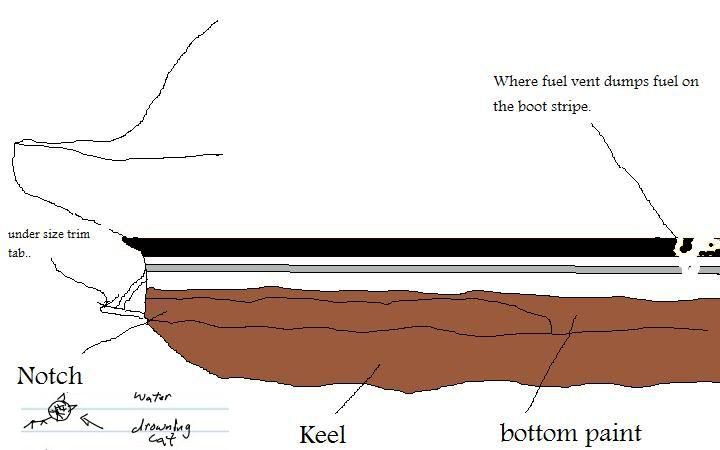Henry - thanks for the further clarification. As I eluded to, my comments are more in regards to furthering my understanding of the process. I do appreciate it!
Scott - there is another aspect to it - at high speed. Supposedly it helps the boat turn in a little tighter - something about helping the rear to "plant" or "set-in" better. I didn't originally comment about this because I was never too sure I subscribed to that theory.
I don't know how well this relates, but I can give you an example from another sport where it does work... Ice hockey. A number of years ago, CCM (maybe Bauer, I forget) introduced a blade that had the rear 1/4 "narrowed down" just like on your boat. It did make a difference in how tight I could turn. The downside was the blade was weaker and would crack/break - sometimes under pressure from turning, sometimes from a puck.
Scott - there is another aspect to it - at high speed. Supposedly it helps the boat turn in a little tighter - something about helping the rear to "plant" or "set-in" better. I didn't originally comment about this because I was never too sure I subscribed to that theory.
I don't know how well this relates, but I can give you an example from another sport where it does work... Ice hockey. A number of years ago, CCM (maybe Bauer, I forget) introduced a blade that had the rear 1/4 "narrowed down" just like on your boat. It did make a difference in how tight I could turn. The downside was the blade was weaker and would crack/break - sometimes under pressure from turning, sometimes from a puck.





